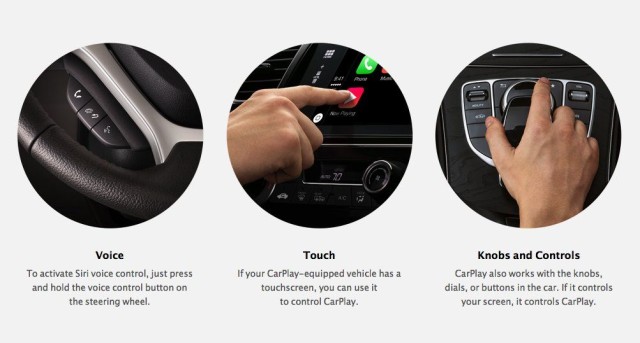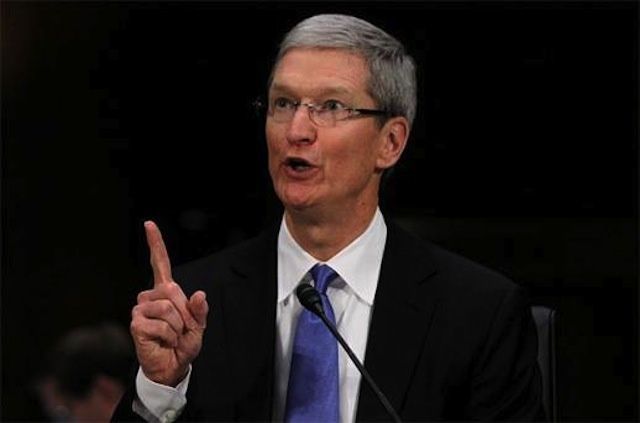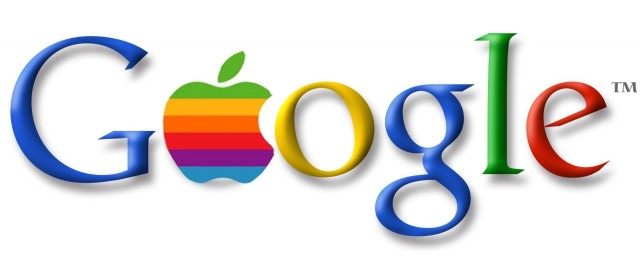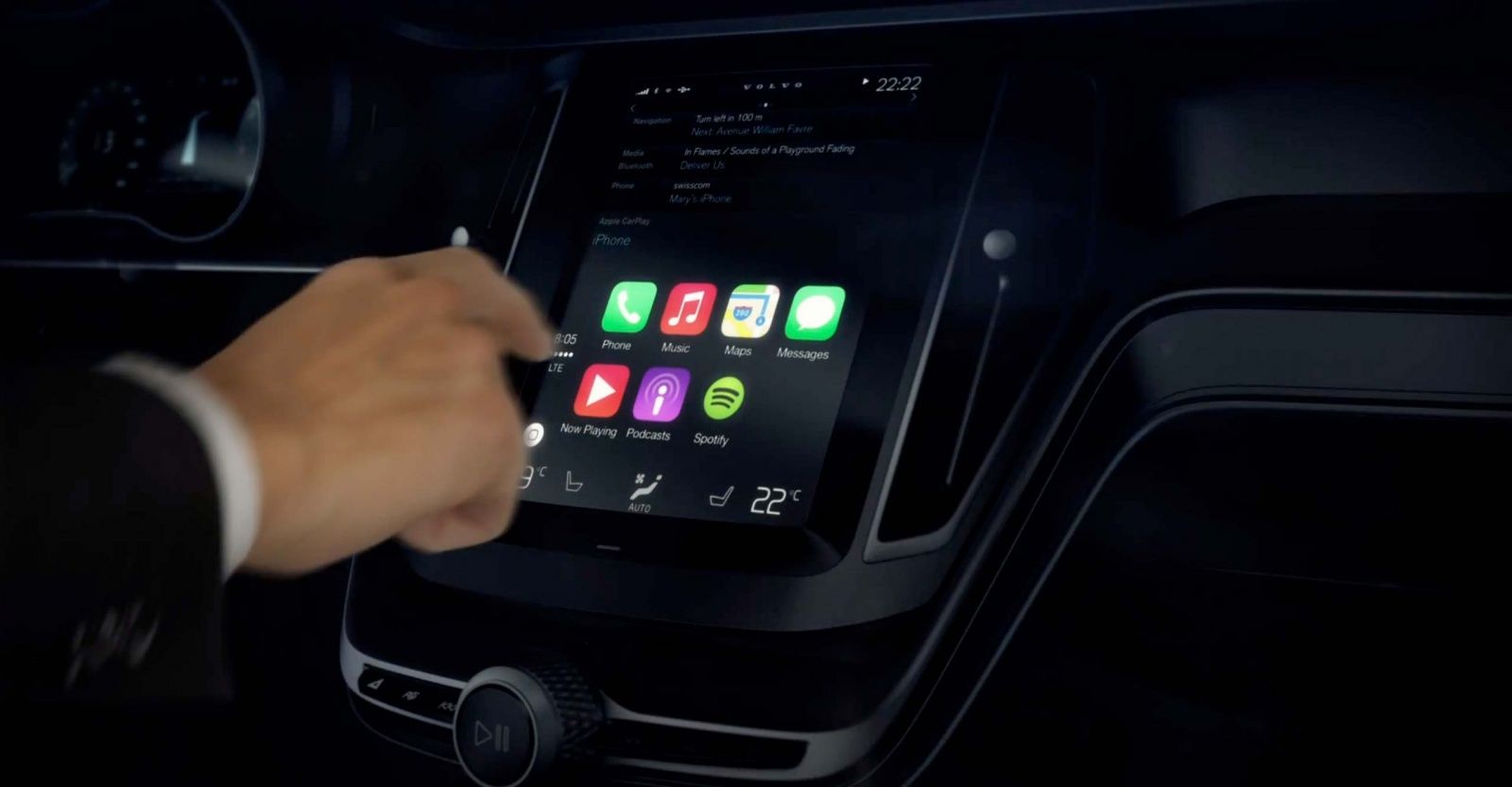Ever since the iPad arrived in 2010, analysts and Apple fans alike have been eagerly awaiting the next “big” Apple product.
With CarPlay, they may have finally found it.
Thanks to a cabal of major car manufacturers opening their doors to Apple, the Cupertino company has the opportunity to revolutionize the way we drive and interact with our cars.
Previously known as iOS in the Car, CarPlay drove most of the media buzz when it debuted at the recent International Geneva Motor Show. Sitting behind the wheel of a Ferrari, a family-friendly FF four-seater with skis in the back, veteran auto journalist Jennifer Clark says that the integration was as smart and seamless as you’d expect from Apple.
Here’s how it works: the iPhone plugs into a jack inside the central armrest, and with the press of a button, the familiar Apple icons appear on the car’s entertainment screen. The driver or passenger can active the phone, messaging, podcasts, music or map icons either my button, by touchscreen or by Siri voice command.
By creating a version of dashboard iOS that allows your iPhone to connect with the existing in-car infotainment systems used by Ferrari, Mercedes-Benz, Volvo, and others, Apple can tap into the fast-growing connected car market — predicted to be worth $131.9 billion by 2019.
Much like Apple TV provided a streamlined solution to TV viewers begging for a better interface, so CarPlay represents Apple’s gambit at taking an idea that has been around for years (the in-car infotainment system) and making it better.

There is currently a lot of misinformation about CarPlay — from Apple’s relationship with automakers, to the suggestion that it’s working side-by-side with BlackBerry on the QNX software platform which has been the glue holding various in-car infotainment systems together for years.
CarPlay isn’t a case of Apple licensing a system to manufacturers, but rather an add-on for what is already in your car. It’s not a whole new technology, but a way to better integrate the iPhone into the system currently in place: overriding it only if you have an iPhone, AND this iPhone is plugged in.
“Connectivity to smartphones and other mobile devices is a key strength of QNX Software Systems’ platform for car infotainment systems, and many automakers and tier one automotive suppliers use our platform to implement smartphone/head-unit integration in their vehicles,” a spokesperson for QNX confirmed to Cult of Mac. “We have a long-standing partnership with Apple to ensure high-quality in-car connectivity to their devices, and this partnership extends to compatibility support for Apple CarPlay.”
But while CarPlay could be thought of as a glorified iPhone app, Apple is taking it very seriously indeed.
“Having something in the automobile is very, very important; it’s something that people want and I think that Apple can do this in a unique way better than anyone else,” said Tim Cook during the Q3 earnings call in 2013 — describing it as a “key focus for us.”

Why exactly Apple is so keen is obvious: because as potential users nearly all spend hours in the car in week — valuable hours (both to us and Apple) that we could better use engaging with iOS devices.
The average one-way daily commute for workers across the U.S. is 25.5 minutes, while a 2011 survey carried out by the U.S. Census Bureau claiming that 79.9 percent of workers travel to work alone by car. We’re buying more cars, too — the number of car sales in the U.S. have increased by 1 million vehicles every twelve months.
This isn’t an area that is new to Apple, but one that it has been working toward for at least a decade.
“You have to go back to the iPod,” veteran Apple analyst Horace Dediu of Asymco told Cult of Mac. “By about 2004, its use in the car was very much sought after, because users wanted to get music in their vehicles. We had the standard CD players, but the idea was that if you had a thousand songs in your pocket you should also be able to get them to play in your vehicle. Already by 2003 and 2004 Apple was reaching out to car makers regarding this, and after just a few years, they were making claims that between 70 percent and 90 percent of cars manufactured in the United States had the iPod as a supported product.”
In 2010, while Steve Jobs was still at the helm, Apple launched its iPod Out service with iOS 4.0, which let users pair their iPods with their in-car entertainment systems, and which quickly gained the support of 35 car manufacturers.
Two years later, in 2012, Apple and Mercedes-Benz announced that Siri would be put into the A-Class Mercedes Benz line — giving drivers the ability to use the apps on their iPhones via voice commands. Known as Drive Kit Plus, the program works in conjunction with Mercedes-Benz’s Digital DriveStyle App.
CarPlay was announced during the opening keynote at WWDC last June, under the clunkier moniker iOS in the car, with the idea that it will be coming to a dashboard near you from 2014 onward.
Third-party apps are still lingering question when it comes to how smart your car will become with Apple. So far, the only companies that Apple has provided a private API for include Spotify, Beats Radio, iHeartRadio, and Stitcher. These are all popular streaming music and podcast services, designed to replace old fashioned radio.
Currently CarPlay is very much like current Apple TV, or the iPhone in its early years — offering a select few apps from a smaller number of big companies, but no larger app ecosystem. It is not yet clear whether Apple will pursue this route.
“As a third-party developer we don’t currently have access to CarPlay,” says Michael O’Shea, CEO of Abalta Technologies, and 22 years of experience in the car infotainment field. “But clearly the door has already been opened to some — which suggests that it might be opened a bit wider over time.”
Opening CarPlay to third-party developers could trigger a driving app revolution, just as happened for mobile devices when Steve Jobs opened the App Store to iPhone developers in July 2008.
But it could also create problems: just how much “play” — and the consequences of distracted driving — will be allowed in the system?
For now, CarPlay features Siri-guided apps that don’t require the user to keep looking away from the road at the in-car screen. How would Apple ensure that low distraction factor for all third-party apps? Unlike an iOS app designed to be as attention-grabbing as possible, what obligation does Apple have to ensure the safety of drivers using the system?
“Technically and operationally, Apple has the ability to create a certification process that ensures that apps conform to certain guidelines, but along with that comes potential liability,” O’Shea says.
“I’m not sure this is going to be as open as [current iOS devices] where you can have any app you want on your home screen,” says analyst Horace Dediu. “Apple may want to restrict the type of functionality to maybe just music or navigation. The app opportunity is exciting, but cars are also hazardous environments that can kill you if you don’t do the right thing. I don’t think it’s going to be opened up as much for developers to take real estate on the screen. I think Apple will take a more cautious approach.”

Photo: Google/Apple
Currently CarPlay is a car accessory. But what happens if Apple is able to switch this around so that the system plays a far more central role in the driving experience — making cars truly smart?
The quantified car could be used not just for navigating, answering messages, and accessing music — but also controlling the extra features in your car and analyzing your driving habits, improving fuel mileage and nudging you to get the brakes checked. These “nudges” are already incorporated in some car systems, like the Toyota Prius.
It’s already possible to make CarPlay a tool for accessing some of the information that is currently reserved for car mechanics — relating to diagnostic info from your engine about metrics like fuel consumption or potential faults you may be experiencing. This is already the functionality of a tool like smart driving assistant Automatic, which plugs into your car’s standard OSB-II data port, and connects your car to your iPhone via Bluetooth.
This would also present Apple a valuable tool for gathering user data.
“The way that we drive can tell companies a lot about us,” says Michael O’Shea. ”Where do you go? What do you do while you’re traveling there? What do purchase along the way, and at what time? All of these are questions that can be invaluable from an analytics perspective. It’s an enticing area for companies for that very reason.” Although this might be more the remit of Google — who have continually exhibited their enthusiasm for gathering and monetizing user data — Apple could use these behavioral insights to help push engagement with the Apple ecosystem and beyond.
Apple isn’t the only A-list tech company working in the in-car infotainment space. Microsoft has been pushing its Windows Embedded Automotive 7 system, designed as a platform for automakers and suppliers to deliver a Microsoft in-car experience aimed at drivers. Google is also a new entrant into this field, but it made a big announcement at this year’s CES regarding the Open Automotive Alliance, which is a partnership with Audi, General Motors, Honda, and Hyundai to put an Android OS in cars this year. This alliance would result in automakers having access to an open ecosystem that would allow programmers to easily create new apps designed specifically tailored to in-car use.
CarPlay also faces competition from companies already working in the infotainment field, such as satellite-radio broadcaster Sirius XM — which has made a number of recent acquisitions showing their determination not to lose their competitive edge. In August 2013, the company acquired connected-vehicle services business Agero Inc. for $530 million, allowing Sirius to provide in-car Web-connected services related to security and real-time navigation.
Apple has the name, reputation, and (from what we’ve seen so far) the goods, to make a major dent in the in-car infotainment area.
Questions about how much control car companies are willing to cede will have to play out, but CarPlay certainly looks a whole lot better than some of the dismal offerings already out there.
This could be the year of CarPlay.


